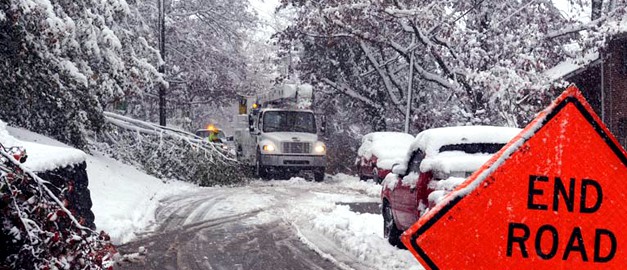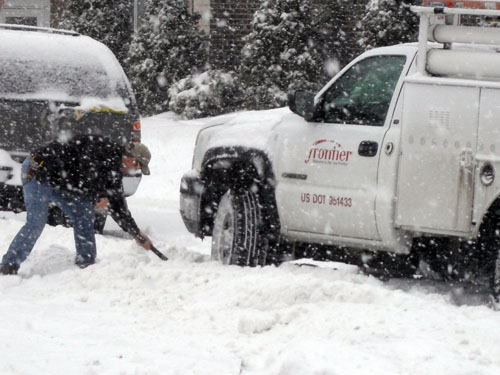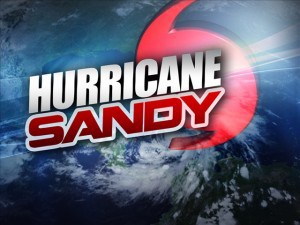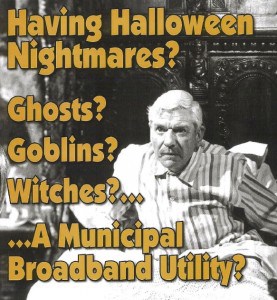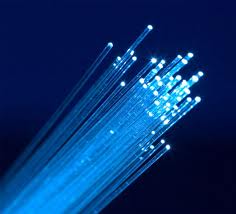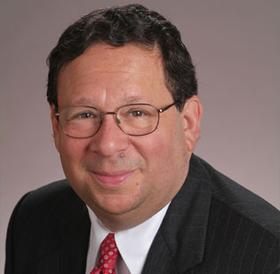While the eastern seaboard begins to assess the damage of several feet of water invading New Jersey and New York, West Virginia continues to contend with several feet of heavy snow left by Hurricane Sandy. More than 8,400 customers and climbing have reported service outages to the state’s largest phone company — Frontier Communications, which has crews contending with storm-damaged infrastructure ranging from widespread power outages to downed trees and utility lines.
Although parts of the state anticipated heavy snows from Sandy, cities further south including Charleston were unprepared for the wallop of wet, heavy snow that was expected to remain further to the north. Sandy’s heaviest precipitation bands were on the west side of the storm — bad news as far west as central Ohio and Kentucky. While temperatures remained in the 50’s further north, the cold core of Sandy resulted in precipitation falling largely as snow in the Appalachians.
As of noon, more than 200,000 homes in the state remain without power, which also impacts Frontier Communications’ operations.
Sandy knocked out power to at least 32 of the company’s 230 central offices in West Virginia, but the company reports all but three are still running with the assistance of backup generators — some acquired after last summer’s derecho, which knocked out power at half of Frontier’s switching offices.
Frontier says it is trying to get the remaining three switches back in operation, but some remote locations remain inaccessible because of poor roads and downed trees. Tucker County is reportedly among the most difficult to reach.
West Virginia’s Panhandle region has an estimated 1,000 customers without Internet service as of yesterday, particularly in hard-hit Jefferson, Berkeley, and Morgan counties.
Although customers may find their landline phone service working, broadband service could be more intermittent because of power outages affecting remote terminals that help extend service into rural locations. Those are vulnerable to electricity interruptions which Frontier’s Dan Page reports are widespread across the state, with the exception of the Wheeling area.
Frontier won’t say how many customers in West Virginia are currently without service, but noted many will have to wait until power restoration efforts are complete. Frontier’s crews have secondary priority and will repair services after electric service crews move on.
The storm impacted Frontier customers all the way west to Indiana, where fewer than 1,000 customers were without service in the Terre Haute area.
Any customer experiencing trouble with their phone or Internet should call Frontier at 1-877-462-8188, option 2 to request repair (or 1-800-921-8101). Repair technicians are available 24 hours a day, 7 days a week.


 Subscribe
Subscribe